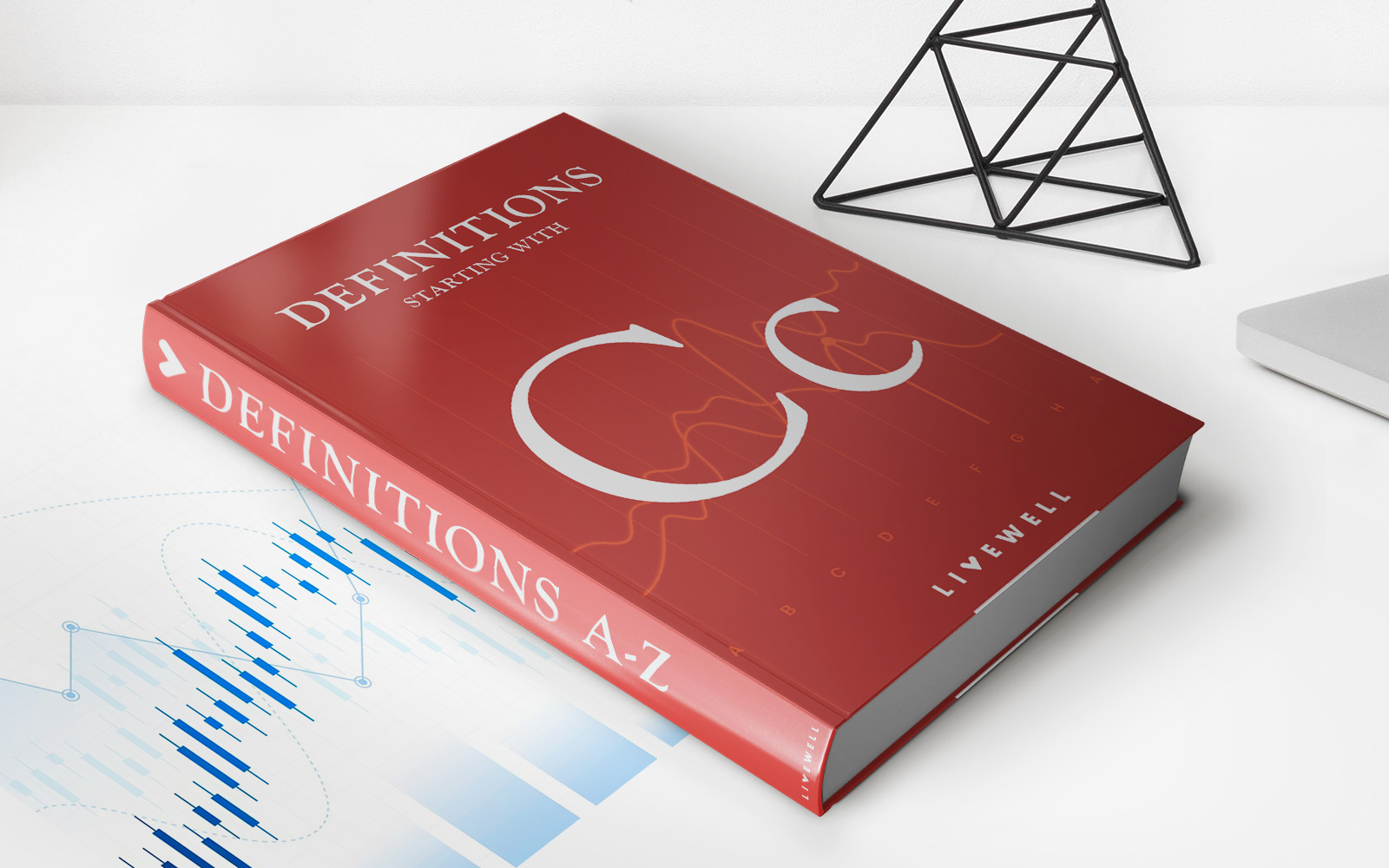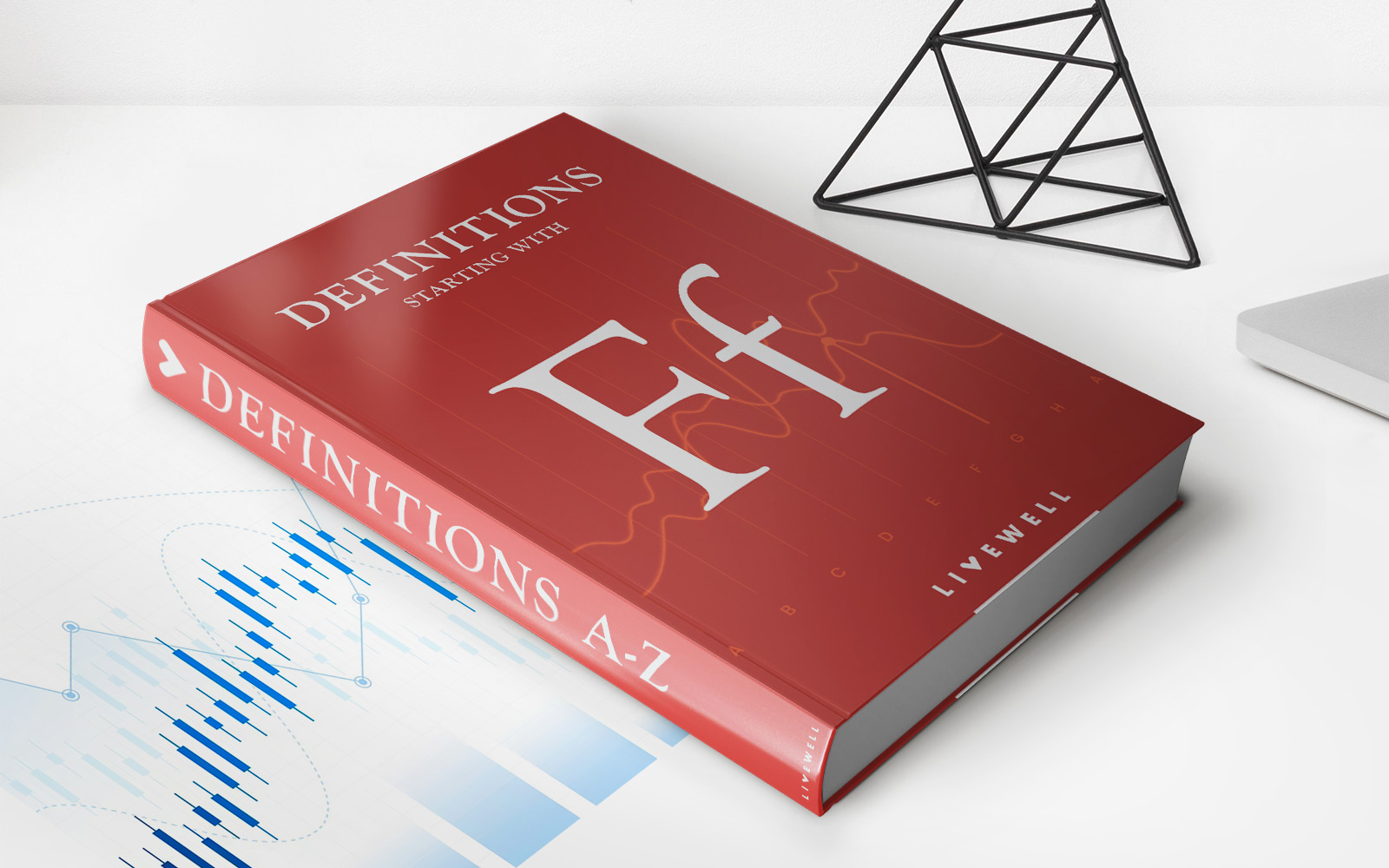

Finance
Radner Equilibrium Definition
Published: January 15, 2024
Learn the Radner Equilibrium Definition in Finance. Explore how it applies to decision-making and resource allocation.
(Many of the links in this article redirect to a specific reviewed product. Your purchase of these products through affiliate links helps to generate commission for LiveWell, at no extra cost. Learn more)
Understanding Radner Equilibrium: Definition, Benefits, and Applications
Finance is a vital aspect of our lives, and understanding its intricacies can be incredibly beneficial. One fundamental concept in finance is Radner Equilibrium. But what is Radner Equilibrium, and why is it important? In this blog post, we will delve deep into the definition, benefits, and applications of this concept.
Key Takeaways:
- Radner Equilibrium is a concept in finance that helps analyze and understand the behavior of financial markets.
- It considers the uncertainty associated with future events, allowing for dynamic decisions by individuals.
What is Radner Equilibrium?
Radner Equilibrium, named after economist Roy Radner, is a concept that helps us analyze and understand how financial markets function in an uncertain world. This concept takes into account the influence of uncertain events, such as changes in prices or market conditions, on an individual’s decision-making process.
In Radner Equilibrium, individuals are considered as rational beings who make informed decisions based on their expectations of the future. It acknowledges that uncertainties exist, and individuals adjust their decisions dynamically as new information becomes available.
Benefits of Radner Equilibrium:
- Dynamic decision-making: Radner Equilibrium allows individuals to adjust their decisions as new information emerges, enabling a more accurate reflection of market conditions.
- Incorporation of uncertainties: This concept recognizes the existence of uncertainties and helps individuals make optimal decisions based on their expectations of the future.
- Improved market efficiency: By incorporating uncertainties and dynamic decision-making, Radner Equilibrium promotes a more efficient allocation of resources and better pricing in financial markets.
Applications of Radner Equilibrium:
The concept of Radner Equilibrium has several applications in finance, including:
- Portfolio management: Radner Equilibrium helps investors optimize their portfolios by considering uncertain events that may impact their investment decisions.
- Asset pricing: Understanding Radner Equilibrium allows for a more accurate valuation of financial assets, taking into account uncertainties and market dynamics.
- Risk management: Radner Equilibrium provides a framework for analyzing and managing risks associated with uncertain events that may affect financial markets.
- Investment strategy formulation: By incorporating uncertainties, Radner Equilibrium helps individuals devise investment strategies that are more robust and adaptable to changing market conditions.
In conclusion, Radner Equilibrium is a valuable concept in finance that helps us understand the behavior of financial markets in an uncertain world. Its benefits include dynamic decision-making, incorporation of uncertainties, and improved market efficiency. Its applications range from portfolio management to asset pricing and risk management. By incorporating the principles of Radner Equilibrium, individuals can make more informed and optimal financial decisions in an ever-changing economic landscape.














